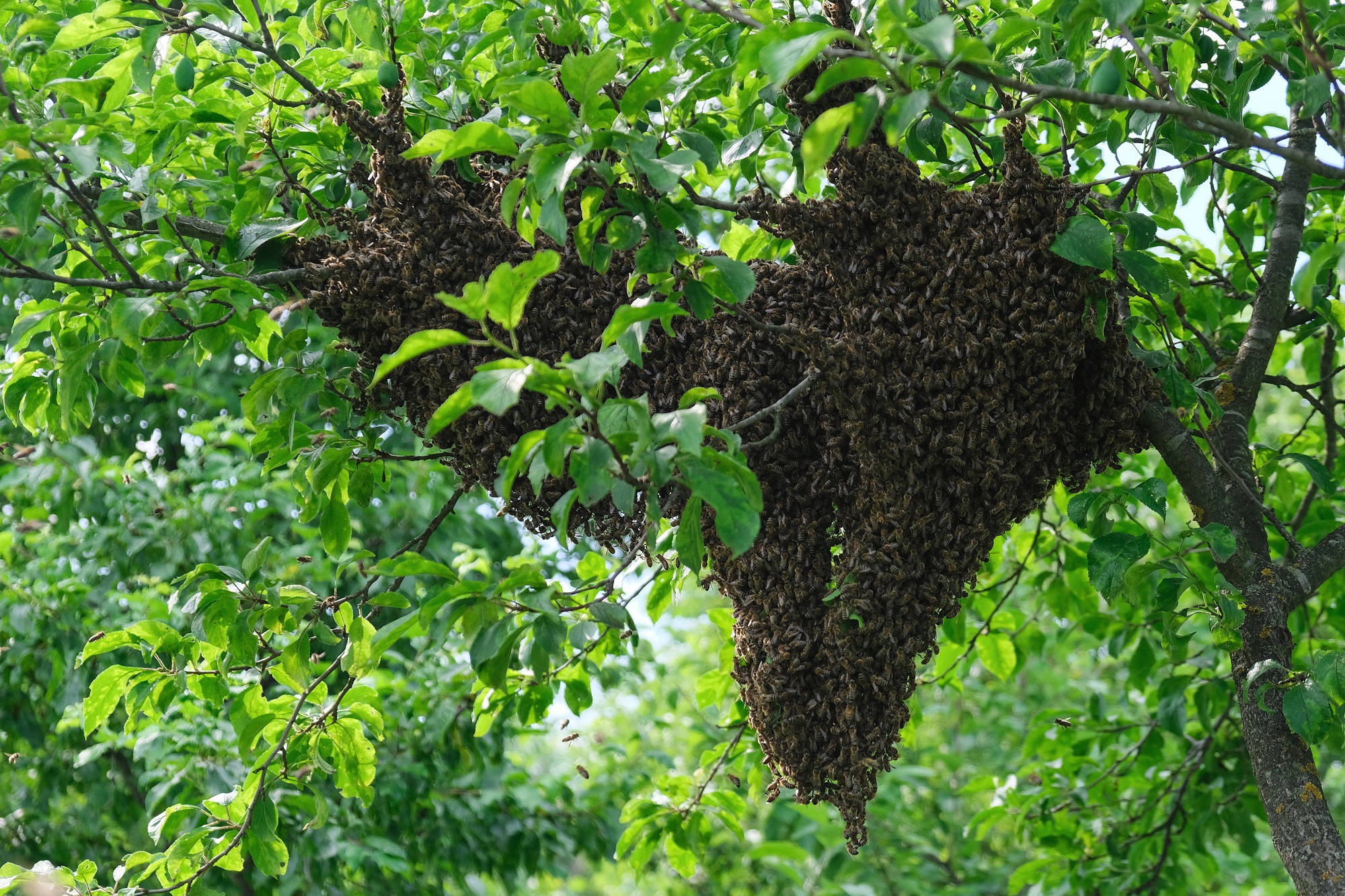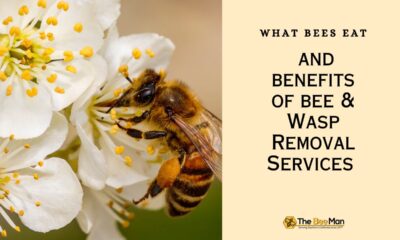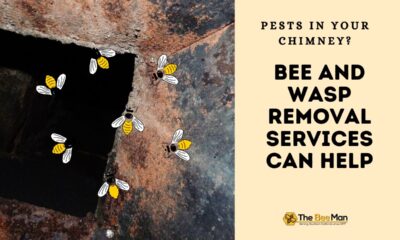Home Improvement
Why and When do Bees Swarm?
Just like humans, bees need space to live their lives. They need a place to pollinate, to store honey, and to grow. During the spring and the summer, a bee colony may expand quite dramatically. When the bees’ space starts to become limited, they swarm.
When we talk about bee removal in Orange County, we are not talking about aggressive attacks that occur when the hive is at risk. But rather a professional way to remove or reallocate the beehive without affecting the overall health of the bees.
Now, if you are not a beekeeper, then seeing a swarm must be pretty frightening for you. When bees swarm, they become the most tamed creatures. First, bees fill their bellies with honey, so they can’t fly very fast. Secondly, they have two goals; to protect the queen and find a new place to live.
Everything else is secondary to these two goals. So they typically gather around the queen and wait for the scouts to tell them where they are going.
While a hive is swarming, it is less likely to get stung, but if you do it is essential to know that there are home remedies for bug bites and stings.
Why do bee colonies swarm?
There are two reasons for the bee swarm, and the main reason is that their living space is too crowded. Things in the hive are slowing growing; the queen is laying eggs, the workers are taking care of the young bees; they are making honey and honeycombs are being filled.
Gradually the hive will become too crowded and the queen will lead the swarm to leave and find a new home. This way she ensures that they have sufficient room for raising young.
The worker bees will then stop foraging and start eating. They put all the possible honey into their small bodies to prepare for the flight. Scouts will also begin looking for new places to build homes.
This behavior is worrisome for the bees left behind, so young workers who produce wax begin to reconstruct the hive towards the bottom of the frame. When the queen’s first larva reaches the age of purulent and the cell is sealed, the old queen knows she has to leave.
So she and about half of the hive leave to find a new home – possibly an old tree or an abandoned building.
The bees left behind will (ideally) develop a new queen, and life will continue as usual. Their work typically lags for about three weeks, but now they have room to grow, and everything is fine.
When do the bees swarm?
Fortunately, the hive swarm rarely in the first season. Bees don’t have time to set up their homes and fill them up, so they need extra space in only a few months.
However, in the next few years, they will fill the hive faster and are more likely to have bee colonies.
A good rule of thumb to beekeeping and helping colonies grow is when you find that 7 of the 10 frames are drawn with wax, you should add another frame. When there are seven wax-filled frames in the lower depth, add another depth.
When there are seven wax-filled frames in the second depth, add a queen exclusion zone and a honey super zone. When the super is 70% drawn out, add a second super. Add super every time you use wax to draw 70% of the frame. When the flow of nectar is slow, the growth of the hive will also decrease, but don’t assume that you no longer need to check them. You need to make sure to continue adding the box when 70% of the wax in the top plate is full.
If hives swarm in late summer or early autumn, it may not recover during the winter. Therefore, be sure to give them the space they need when needed. When it comes to late summer, sometimes the hive is not crowded because it is hot and there is not enough ventilation. You can provide some extra ventilation by attaching a small popper to each corner of the inner cover.
Even if the hive has enough space, and the queen is a few years old, the colony may be swarming. Because workers begin to raise new queens when they think their queen is too old to spawn. Many beekeepers will replenish the hive every year to prevent the colony from swarming.
If it fits your beekeeping strategy, it works well.
In the end, if you notice that the workers are making post-emergency cells and think they might be ready to swarm, you can remove all the queen cells by cutting them out directly or cutting them out of the frame.
If the queen is not replaced, the hive will not flock. But you have to make sure you get all of this. Only one larva needs to reach the age of suppuration so that the old queen who has left will know that it is time to go.
Bees swarm to ensure they divide and multiply so they can survive. Of course, in essence, this is a great thing, but swarming in the apiary will weaken the hive and reduce honey. Whether you need help with bee swarming or just bee removal in Orange County, make sure you call your nearest professionals.











